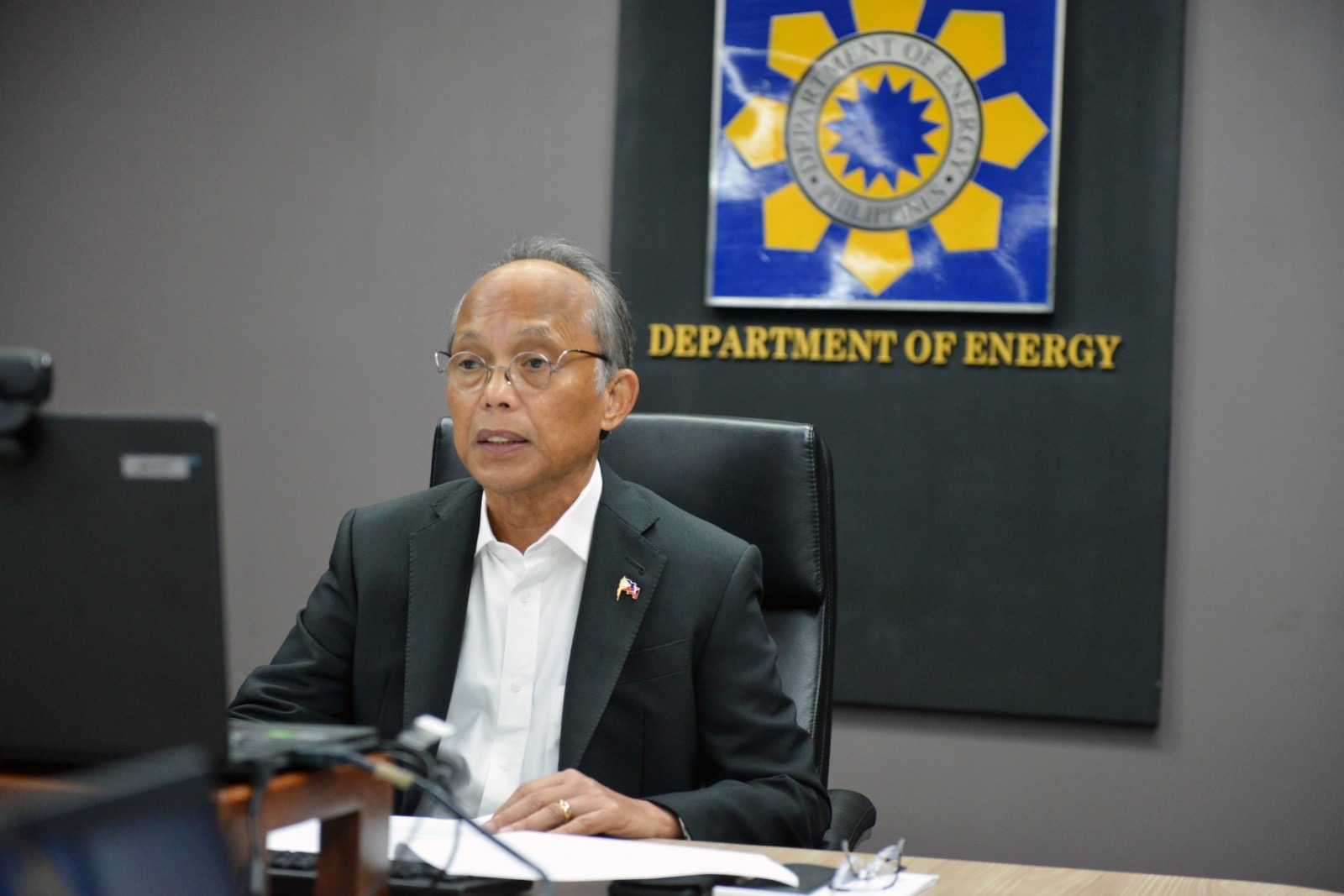Energy Sec. Alfonso Cusi relayed to his regional counterparts that the Philippines is on track to achieving lower carbon footprint in generating electricity and oil.
“Coal and oil shares will also continue to decrease due to the use of alternative fuels for transport, among others. This also translates to a power generation mix that shifts from being coal–centered to one where RE (renewable energy), natural gas, and other emerging clean energy technologies will have increased shares,” Cusi said.
The combined clean energy sources, he added, will improve to reach more than 66% of total generation by 2040.
Cusi said that the Department of Energy (DOE) is currently prioritizing the issuance of the National Renewable Energy Program to achieve the envisioned target of around 34,000 megawatts (MW) of RE installations by 2040.
To achieve the low carbon scenario, the secretary has just approved the updated Philippine Energy Plan (PEP) 2018-2040, which contains the necessary adjustments that the country has to make because of recent global developments, including the impact of the COVID-19 pandemic on the energy sector.
The PEP was also submitted to the House of Representatives and the Senate for legislators to craft the necessary laws or amend existing ones to support the plan.
Major players in the power sector have increased their stakes in RE, while reducing their involvement with coal.
